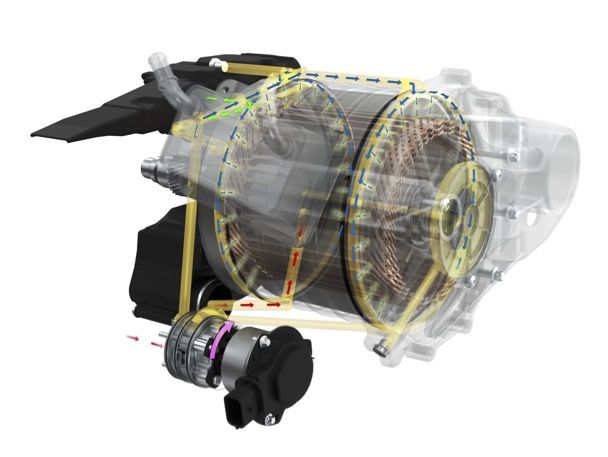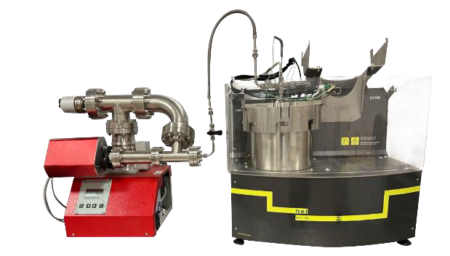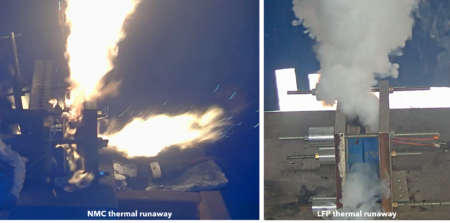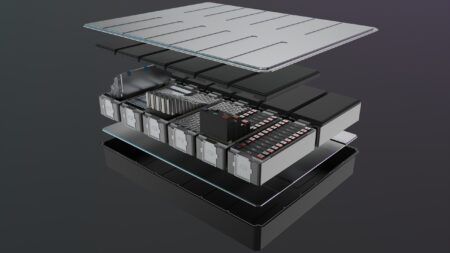The next generation of electric drives offers improved efficiency, power density, performance, and sustainability.
In its next e-drive generation, Magna has further improved the e-motor, power electronics, and cooling system and reduced the need for Heavy Rare Earth (HRE) materials. Moreover, the next-generation offers enhanced system performance through the software-based, Optimized Pulse Patterns (OPP). The improvements benefit efficiency and performance, as well as sustainability.
The new 248 kW electric motor, developed within the LG Magna collaboration, achieves its high performance despite significantly reduced heavy rare earth materials. The rotor contains no terbium and a minimal per mile of dysprosium. The power density is 8 kWp/kg, the maximum speed is 20,000 rpm, and the peak efficiency reaches more than is 96%, with a widely increased sweet spot. The e- drive system efficiency is 93%.
Sustainable manufacturing and recycling methods further reduce the ecological footprint. For example, the magnets are inserted mechanically in the rotor and fixed by flaps, with no need for over-moulding. The drive system features a compact package that can be tilted to 90 degrees around the drive axis due to its comparable x and z dimensions. This flexibility also benefits AWD platforms with different front and rear axle packaging requirements.
A newly developed Active Fluid Control (AFC) controls the coolant flow for different operating points of the e-motor, i.e. high motor speeds lead to higher rotor losses. AFC allows for varying and reversing the oil flow within the e-motor system. One working state is directing the oil to the winding heads for cooling. When reversing the pump motor operation, a part of the oil flow is additionally directed into the rotor shaft. The improved cooling significantly improves the system efficiency and allows for using more sustainable magnets.
HV Embedding is another element that improves system efficiency. Usually, the switching modules would be separate SiC chips plugged into the inverter’s PCB (printed circuit board). With HV Embedding, the SiC chip is embedded into a copper cell, which is then integrated into the HVE PCB. Due to less ohmic and inductive resistance, the system reduces switching losses and allows for a more stable control circuit.
Another major innovation is OPP. This software-based concept allows for better efficiency of the overall electric drive and interplay of its components. The main premise for operating a three-phase electric drive is to generate suitable pulse patterns. These patterns result from converting a quasi-digital signal from the inverter to a sine waveform in the e-motor. The ‘quality’ of the waveform defines the power output and efficiency and should be optimized for every load point. Magna optimizes the patterns accordingly on the test bench and then includes the ‘pulse patterns’ in the inverter software. Generally, this enables higher power availability and efficiency especially at high speed, and reduces the cost of the magnets. On the system level, the use of OPP can reduce losses by up to 30%, depending on the operating point.
The new electric drive system will launch in 2027. Magna is also working on further developments, including digital twin integration, power electronics advancements, and electric motors without rare earth materials. These ongoing innovations aim to improve sustainability, efficiency, costs, and power density, gradually incorporating them into Magna’s modular product system.





